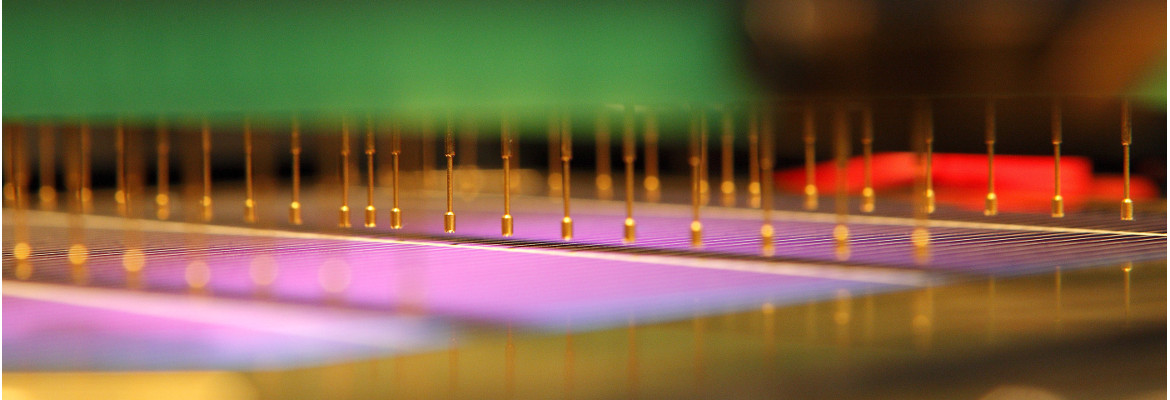
Workgroup Solar cell characterization and simulation
Contact
Dr. Karsten Bothe
Head of PV department: contracts & IP management
Tel.: +49(0)5151-999 425
E-Mail: k.bothe@isfh.de
The aim of the Solar cell characterization and simulation workgroup is to develop new measurement methods and systems that are necessary to gain, in combination with device simulations, a comprehensive understanding of the silicon solar cells developed at ISFH. In order to address the latest changes in cell design, the existing physical models for the numerical simulation of solar cells and modules are continuously adapted and optimized. On the basis of electrical and optical device simulations, potential for improvement is identified and strategies for further increases in efficiency are defined. The group offers the photovoltaic industry its analytical methods and simulation know-how as a service.
The focus of the group’s work is on the following areas:
- Development of measuring equipment and analytical methods for the precise characterization of new cell concepts such as busbarless or bifactal solar cells or back contact solar cells that can only be contacted from one side.
- Comprehensive analysis of the synergetic loss mechanisms in solar cells on the basis of device simulations with experimentally determined input parameters to identify the most detrimental efficiency limitations.
- Analysis of the influence of the contacting scheme on the specific parameters of the current-voltage curve of solar cells.
- Determination of the material parameters required for optical and electrical
- Coupling of optical, thermal, and semiconductor simulations with the aim of understanding solar module performance under real operating conditions.
- Analysis of light guiding elements using three-dimensional ray tracing simulations on entire solar modules.
- Analysis of the influence of changing weather conditions (e.g. cloudiness, flat irradiation) on the output power of solar modules.
- Modelling and optical simulation of the luminescence radiation of silicon, especially with regard to measurements of electro- and photoluminescence
For the simulations, we have a powerful computer server and various software packages such as Matlab, SPICE, Sentaurus and Comsol at our disposal. For optical simulations, we use the ray tracing framework Daidalos, which was developed in our research group and enables simultaneous optical simulations of components on scales from µm to m.
